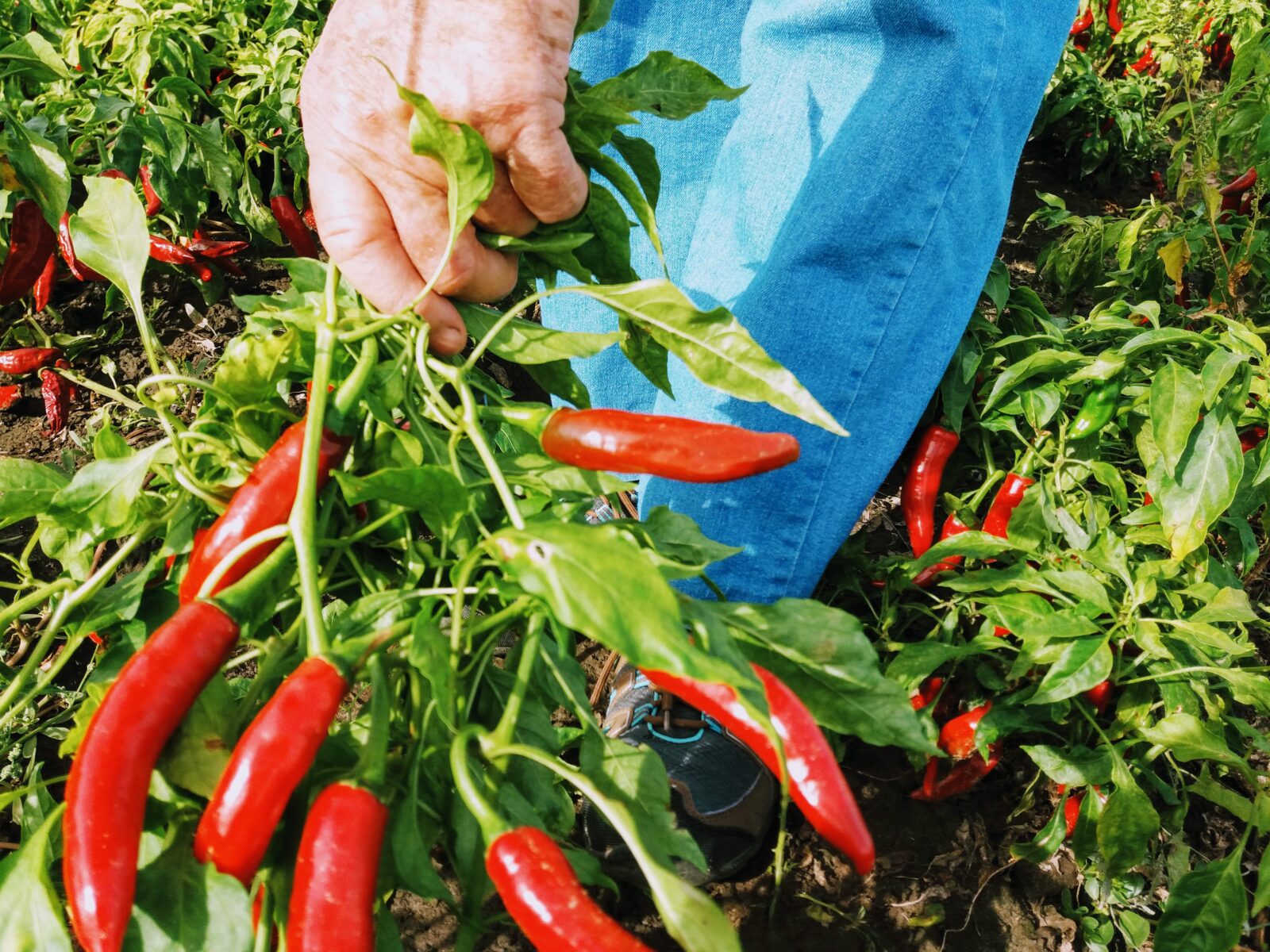Updates, Wine Styles & Trends
Bull’s Blood: The Wine Behind The Name
A classic with a misleading name, Bikavér, or Bull’s Blood, is a balanced red blend made by blending a variety of different grape varieties. It focuses on the local terroir – the flavor characteristics of the region – instead of the flavors of any one grape variety.
The wine is produced both in the northern, cooler region of Eger and the warmer southern region of Szekszárd, resulting in uniquely different styles. While the exact specifications for making Bull’s Blood are slightly different in the two regions, the essence is the same: blend at least three different red grape varieties from selected grapes, usually with a good amount of the local Kékfrankos and sometimes Kadarka, making a wine representative of the vineyard and the region. Age it for a few months or years in barrels and let it rest a little longer in the bottle. The result is a blend that summarizes the best of the regions’ flavors and creates balance through the different grape varieties used, similarly to fine Rioja or Bordeaux wines in their respective regions.
Egri Bikavér (“Bull’s Blood from Eger”) is a cooler-climate wine, and our favorite wineries are all aiming for a smooth, elegant style of wine more reminiscent of northern than southern wines. Szekszárdi Bikavér, from Szekszárd, is usually a richer, warmer wine due to the warmer climate it comes from. Both region’s wines are aromatic, spicy, and are classic dinner wines for pretty much any meal with rich flavors.
What’s in a name?
The name is thought to reference battles against the Ottoman Empire in the Middle Ages, when Turkish soldiers mistook the wine that Hungarian defenders drank before combat to be the blood of bulls, and that this gave them extra strength in battle. Especially in the town of Eger, which successfully defended itself against the Ottomans in a famous battle, this seems like a logical origin. The only problem with this story is that no red wine was produced in the region at the time, and the first written mention of the term bikavér only comes from a poem in 1846, from a poet from Szekszárd. It looks like the term started out as a slang word for red wines in the region, then spread to Eger and soon became a brand name for this style of wine.
After World War II and until 1989, the name was synonymous with cheap, heavy, mass-produced red wine ín the Eastern Bloc, and it has taken decades of hard work by small wineries to shed that image. The name that was invented two centuries ago is now causing a headache for many wineries, since the style and brand has become a classic, but the term is considered outdated for a style that has become more elegant and sophisticated over time. For now, though, one thing is certain: the bikavér wines in our selection are deliciously balanced, honest representations of where the are from, with a finesse and balance we’d like to see much more of in these regions:
-
Product on sale
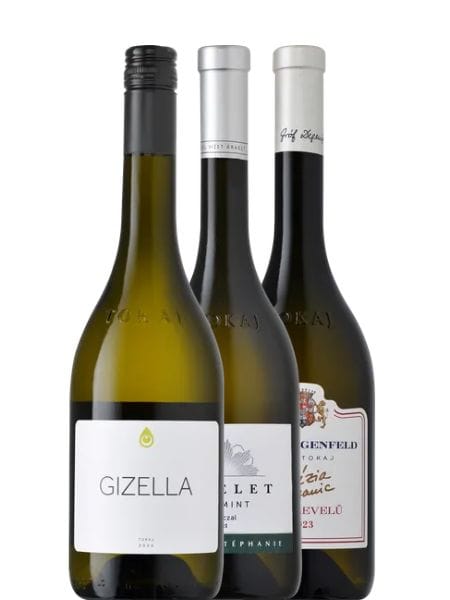 Dry Tokaj TrioOriginal price was: €44,70.€40,00Current price is: €40,00.
Dry Tokaj TrioOriginal price was: €44,70.€40,00Current price is: €40,00.€19,87€17,78 / lincl. VAT
-
Product on sale
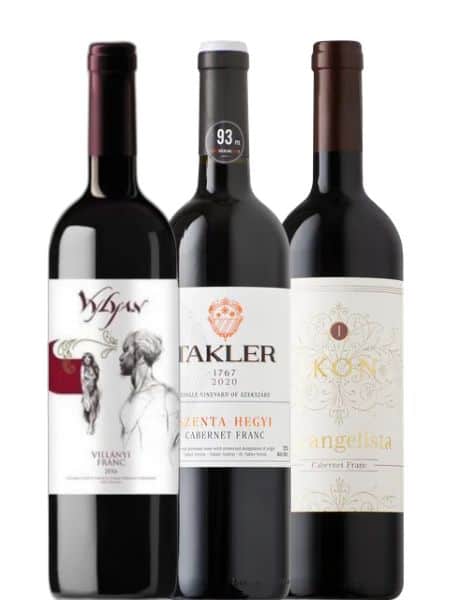 Cabernet Franc-TrioOriginal price was: €52,90.€47,50Current price is: €47,50.
Cabernet Franc-TrioOriginal price was: €52,90.€47,50Current price is: €47,50.€23,51€21,11 / lincl. VAT
-
Product on sale
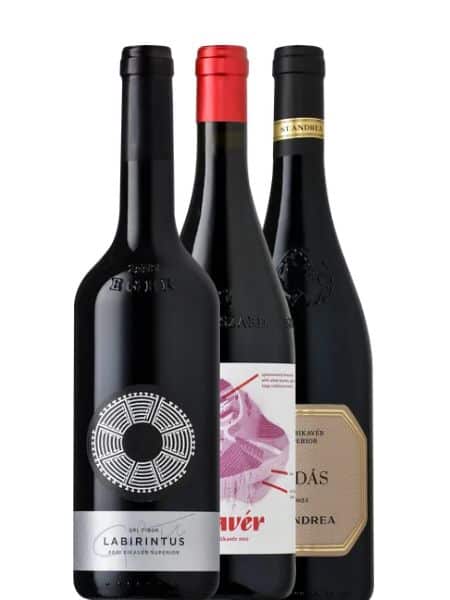 Bikavér TrioOriginal price was: €41,30.€37,00Current price is: €37,00.
Bikavér TrioOriginal price was: €41,30.€37,00Current price is: €37,00.€18,36€16,44 / lincl. VAT
-
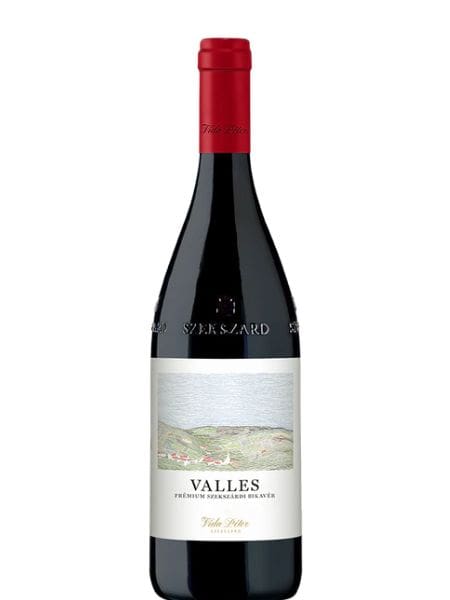 Vida Valles Szekszárdi Bikavér 2020€21,90
Vida Valles Szekszárdi Bikavér 2020€21,90€29,20 / l
incl. VAT
excl. shipping costs
Delivery time: 1-5 working days
-
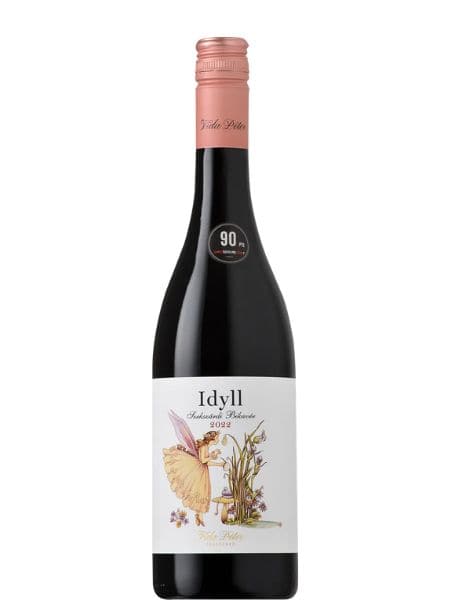 Vida Idyll Szekszárdi Bikavér 2022€10,90
Vida Idyll Szekszárdi Bikavér 2022€10,90€14,53 / l
incl. VAT
excl. shipping costs
Delivery time: 1-5 working days
-
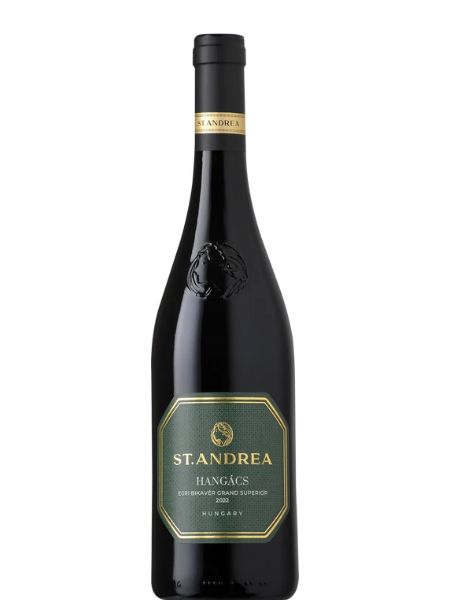 St. Andrea Hangács Bikavér 2022€41,50
St. Andrea Hangács Bikavér 2022€41,50€55,33 / l
incl. VAT
excl. shipping costs
Delivery time: 1-5 working days
-
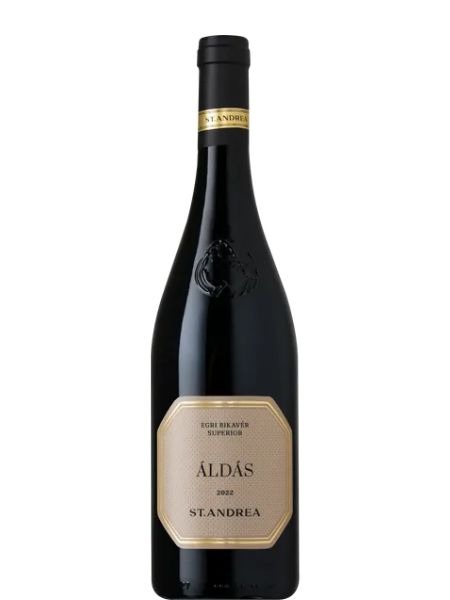 St. Andrea Áldás Bikavér 2023€14,90
St. Andrea Áldás Bikavér 2023€14,90incl. VAT
excl. shipping costs
Delivery time: 1-5 working days
-
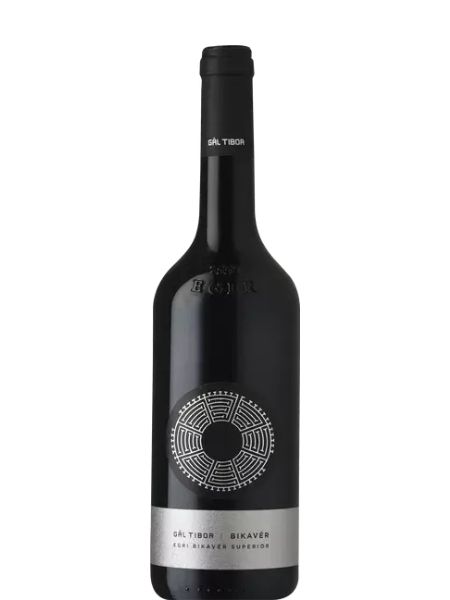 Gál Tibor Egri Bikavér Superior 2022€12,50
Gál Tibor Egri Bikavér Superior 2022€12,50€16,67 / l
incl. VAT
excl. shipping costs
Delivery time: 1-5 working days
-
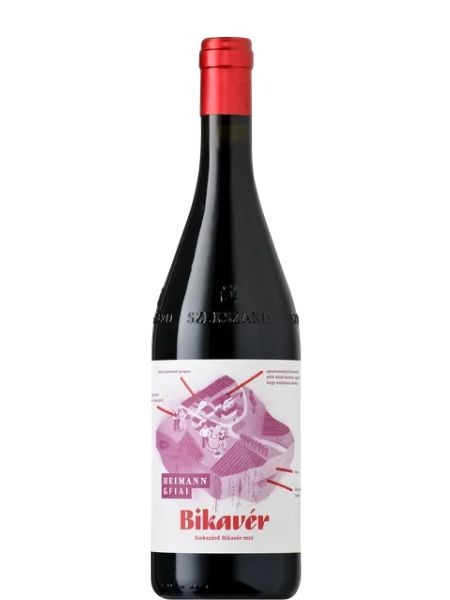 Heimann & Fiai Szekszárd Bikavér 2022€13,90
Heimann & Fiai Szekszárd Bikavér 2022€13,90€18,53 / l
incl. VAT
excl. shipping costs
Delivery time: 1-5 working days
Egri Csillag: Bikavér’s white counterpart
In 2011, the winemakers of the Eger region launched a new white wine blend called Egri Csillag, or Star of Eger, as a counterpart to Bikavér. There are many similarities between the two: Egri Csillag also aims to show the local terroir throguh a blend of the best local varieties. The best ones have a rich yet smooth, balanced style, also akin to their red relatives. While the blend’s history has only started, there are already some wonderful wines in this category to pay attention to.
-
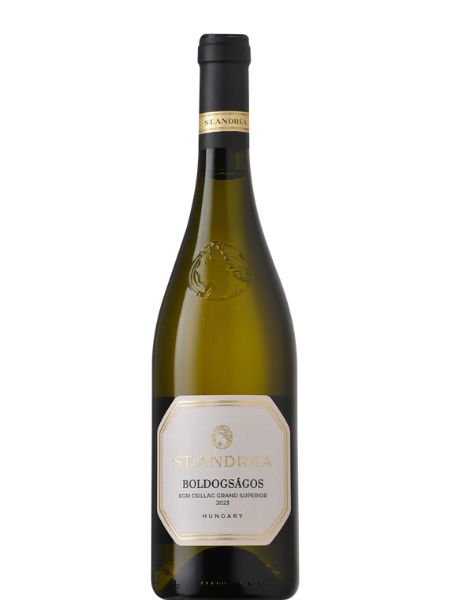 St. Andrea Boldogságos 2023€35,90
St. Andrea Boldogságos 2023€35,90€47,87 / l
incl. VAT
excl. shipping costs
Delivery time: 1-5 working days
-
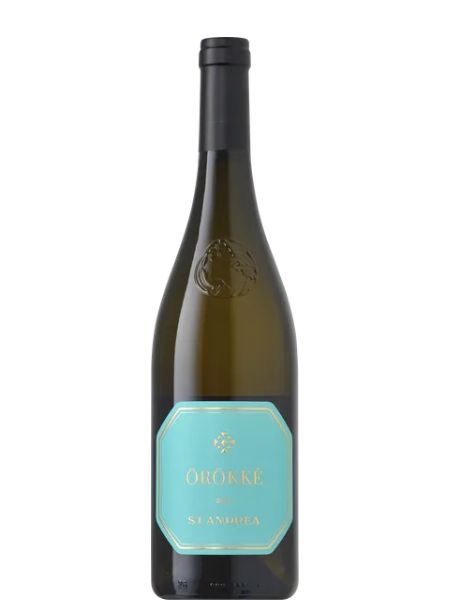 St. Andrea Örökké 2023€18,50
St. Andrea Örökké 2023€18,50€24,67 / l
incl. VAT
excl. shipping costs
Delivery time: 1-5 working days
The Bikavér bottle(s)
Starting from 2021, Bikavér from the Eger wine region gets a uniform and uniquely designed bottle. The shape of the bottle might seem unusual, but it’s based on a design used in the region in the 1920s, updated with a modern touch. The engraving of the words “1552 Eger” commemorates one of the most important events in the city’s history, the famous siege of the border fortress against the Turkish troops, in which the Hungarian soldiers led by István Dobó successfully defended the castle.
Meanwhile in Szekszárd, local winemakers have also introduced a “Szekszárd bottle” for the region’s unique wines. Unlike in Eger, though, the bottle is more conventional, with a classic Burgundian shape, the Szekszárd region’s name and emblem insicribed in the glass.
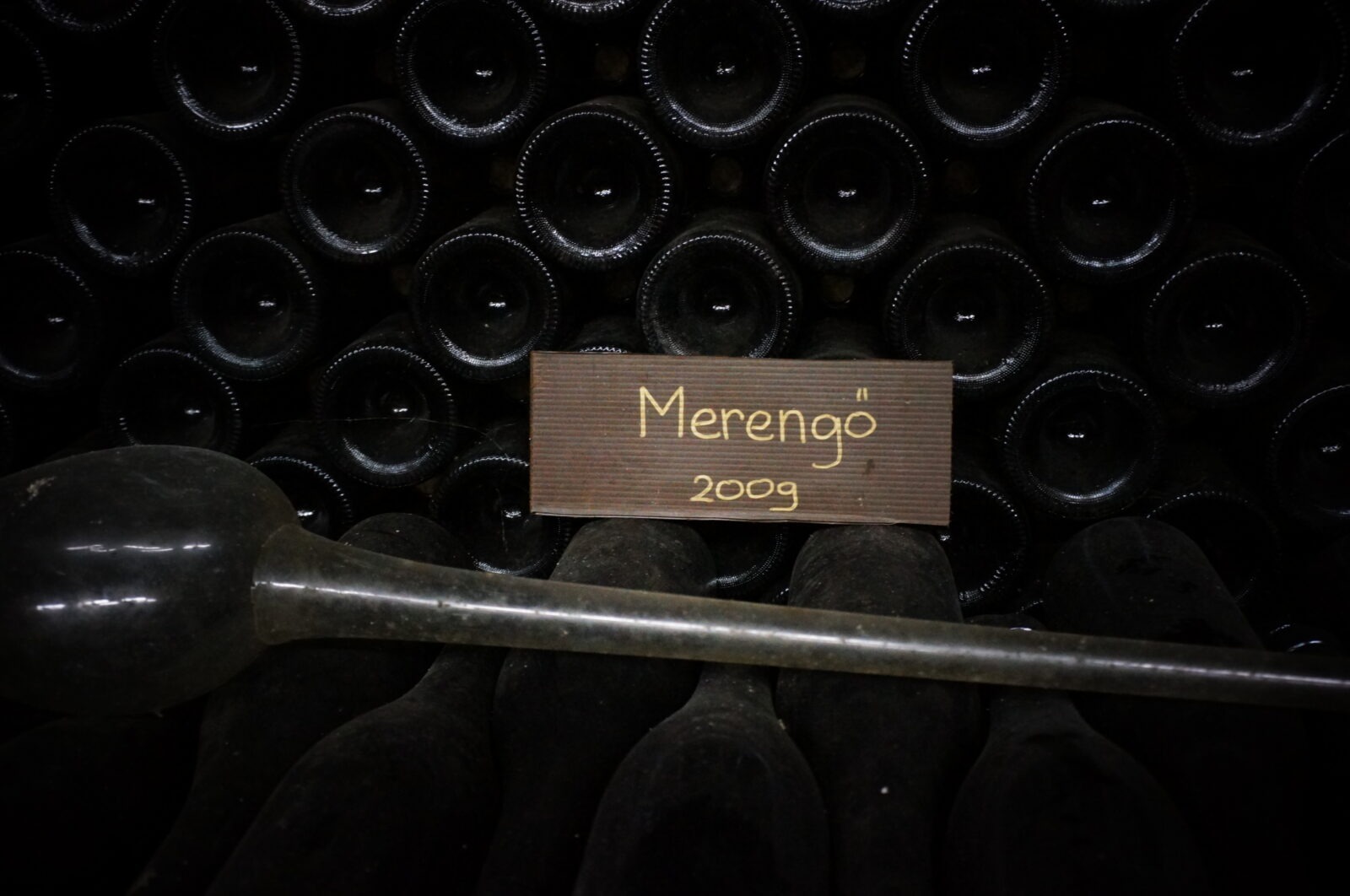


 Deutsch
Deutsch
